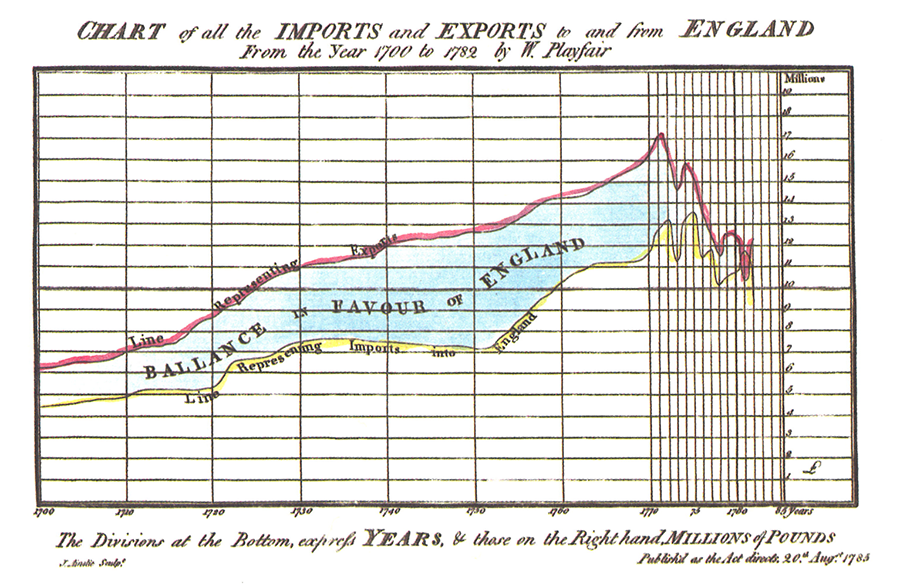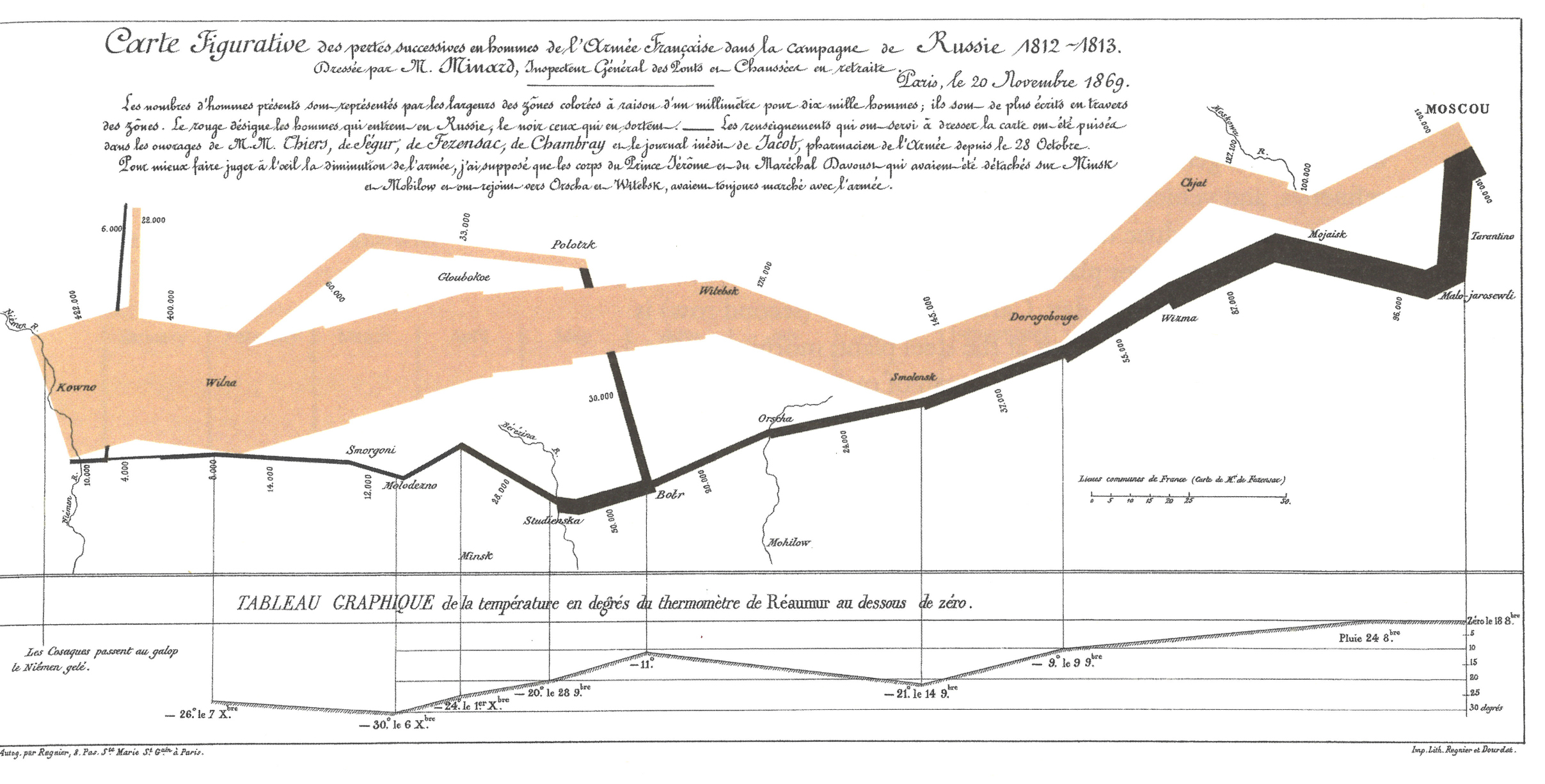Not every idea is stick-worthy.
Curse of Knowledge: once we know something, we find it hard to imagine what it was like not to know it. It becomes difficult for us to share our knowledge with others, because we can’t readily re-create out listeners’ state of mind. Tapper-listener example.
Simple
No plan survives contact with the enemy.
Before following the SUCCESs principles, find the core of the idea. Finding the core is stripping an idea down to its most critical essence. Weed out ideas that may be really important but just aren’t the most important idea.
The lead, the first sentence, of an article contains the most essential element of the story. Avoid burying the lead. Use forced prioritization, that is choosing only one core and only one lead.
Decision paralysis is when in an environment of uncertainty we suffer anxiety from the need to choose between two good options. Fight decision paralysis with prioritization. Core messages can constantly remind of what’s important.
Simple = Core + Compact
Examples of compactness and simplicity: “Names, names and names” and a wooden block representing a Palm Pilot.
Only ideas with profound compactness are valuable. Use flags and tap the existing memory terrain of your audience. For example:
J FKFB INAT OUP S vs JFK FBI NATO UPS
The concepts in the second case are already embedded into our memory, so we only need pointers to that information.
People are tempted to tell you everything, with perfect accuracy, right up front, when they should be giving you just enough info to be useful, then a little more, then a little more.
Use analogies to avoid useless accuracy. Analogies derive power from schemas: A pomelo is like a grapefruit. Analogies make it possible to understand a compact message because they invoke concepts that you already know.
Unexpected
Our brain is designed to be keenly aware of changes.
Surprise get out attention. Interest keeps our attention.
A good process for making your ideas stickier is:
- Identify the central message you need to communicate — find the core.
- Figure out what is counterintuitive about the message, i.e. What are the unexpected implications of your core message? Why isn’t it already happening naturally?
- Communicate your message in a way that breaks your audiences guessing machines along the critical, counterintuitive dimension. Then, once their guessing machines have failed, help them refine their machines.
Examples: Nordstrom’s Nordies’ code, Enclave car ad.
To hold people’s interest, we can use the gap theory of curiosity to our advantage. A little bit of mystery goes a long way. Aha! experience is much more satisfying when it is preceded by the Huh? experience.
Curiosity happens when we feel gap in our knowledge. And gaps cause pain. To take away the pain, we need to fill the knowledge gap. Open the gaps before closing them.
Our tendency is to tell the people the facts. First, though, we must realize they need these facts. The trick to convincing people they need our message is to first highlight some specific knowledge they’re missing.
Example: There’s an invisible chemical in your home — and it may be killing you right now.
One complication with the gap theory is that people tend to think they know a lot. Prevent this overconfidence by causing the audience’s scheme to fail or by involving the audience into a prediction (voting publicly during lectures and then giving an answer).
As we gain information we’re more and more likely to focus on what we don’t know. Example: wanting to know 3 more state capitals, gossip about people we know or celebrities.
What if there’s not much knowledge to begin with? Then engage audience by highlighting some things they already know. Example: Here’s what you know, now here’s what you’re missing.
Alternatively, set context so people care what comes next.
Concrete
Write with a concreteness of a fable (Sour grapes). Language is abstract, but life is not. Abstraction makes it harder to understand ideas and remember them.
For example, a V8 engine is concrete. High performance is not.
Memory is like Velcro with thousands of tiny hooks and loops. The note hooks an idea has, the better it will cling to memory. Brown eyes, blue eyes experiment.
Don’t dumb things down, but rather find a universal language that everyone speaks.
An exercise of listing white things in the universe vs white things in the refrigerator. Concreteness helps brain to focus.
Create a turf where people can bring their knowledge to bear: The VC pitch and the maroon portfolio or the UNICEF and packets of salt and sugar. Let people feel an idea in terms of objects.
Credible
We believe because we’ve had experiences that led us to our beliefs. We believe because of our religious faith. We believe because we trust authorities. Example: the Nobel-winning ulcer insight no one believed, flesh eating bananas.
Two types of authorities: experts and celebrities. We care because want to be like Oprah or Jordan. Authorities and anti authorities are external credibility.
Also, use internal credibility: details, stats and the Sinatra test.
Vivid details that support our core idea boost credibility.
Another approach is using statistics to support our arguments. Statistics, however, should be used to illustrate a relationship, not just by itself.
Also, statistics aren’t inherently helpful; it’s the scale and context that make them so. The human-scale principle allows us to bring our intuition to bear in assessing whether the context of a message is credible. Example: Steven Covey using football players to explain employee performance, Cisco wireless access daily saving 1-2 minutes for each employee, modern scientific accuracy in terms of distance from NY to CA.
Use statistics as input, not output. Use them to make up your mind on an issue. Don’t make up your mind and go looking for the numbers to support yourself.
Sinatra test: If I can make it there, I’ll make it anywhere. One example alone is enough to establish credibility. For example, if you’ve got a security contract for Fort Knox, you’re in the running for any security contract. If you catered for White House function, you can complete any catering contract.
The last approach is testable credential. Here, audience tests for themselves. For example, the Wendy’s Where’s the beef commercial asking the audience to test the size of the burgers for themselves. Or the NBA and NFL rookie orientation on AIDS and pregnancy.
Emotional
For people to take action, they have to care.
Mother Theresa effect: donors respond better to individuals than abstract causes. You don’t give to “African poverty,” you sponsor a specific child.
Use the power of association
If we want to make people care, we’ve got to tap into the things they care about. When everybody talks into the same thing, an arms race emerges. To avoid it, either shift into new turf (transforming “sportsmanship” into “honoring the game”) or find associations that are distinctive for our ideas.
Appeal to self-interest
Caples’ headlines: “The secrets of how to be taller” or “Retire at 55.”
“Don’t say, ‘People will enjoy a sense of security when they use Goodyear tires.’ Say, ‘You enjoy a sense of security when you use Goodyear tires.’”
WIIFY: what’s in it for me? It may be enough to promise reasonable benefits that people can easily imagine themselves enjoying.
The hierarchical aspect of Maslow’s theory is bogus — people pursue all of these needs pretty much simultaneously. We think that we are motivated by higher-level self-esteem, but others are motivated by lower-level physical needs. The result of spending too much time in Mallow’s basement is that we may overlook lots of opportunities to motivate people.
Identity
Self-interest is important, but it makes fir a limited palette. People also make decisions based on identity. They ask themselves: who am I? What kind of situation is this? And what do people like me do in this kind of situation?
Example: Don’t mess with Texans: Texans don’t litter ad.
Stories
A credible idea makes people believe. An emotional idea makes people care. And the right story makes people act.
Stories are part entertainment and part instructions. They give information so that listeners can mentally test out how that’s would have handled the situation.
Use stories a flight simulators. Mental simulation is not as good as actually doing something, but it’s the next best thing.
The second major payoff that stories provide: inspiration. Inspiration drives action, as does simulation.
We don’t always have to create sticky ideas. Spotting them is often easier and more useful.
Use the three-plot template to classify plots, but note that their goal is to spot stories, not to invent them.
The challenge plot
The key element is that the obstacles seem daunting to the protagonist. They make us want to work harder, take on new challenges, overcome obstacles. Examples: The story of David and Goliath, the Alamo, the American Revolution, Rosa Parks.
The connection plot
It’s a story about people who develop a relationship that bridges a gap: racial, class, ethnic, religious, demographic or otherwise. It’s about our relationship with other people. Example: story of a good Samaritan.
The creativity plot
This stories involve someone making a mental breakthrough, solving a long-standing puzzle or attacking a problem in an innovative way.
Epilogue
Use the framework:
- Pay attention: unexpected
- Understand and remember it: concrete
- Agree/believe: credible
- Care: emotional
- Be able to act on it: story
So rather than guess whether people will understand our ideas, we should ask, “Is it concrete?” Rather than speculate about whether people will care, we should ask, “Is it emotional?” And so on.

































